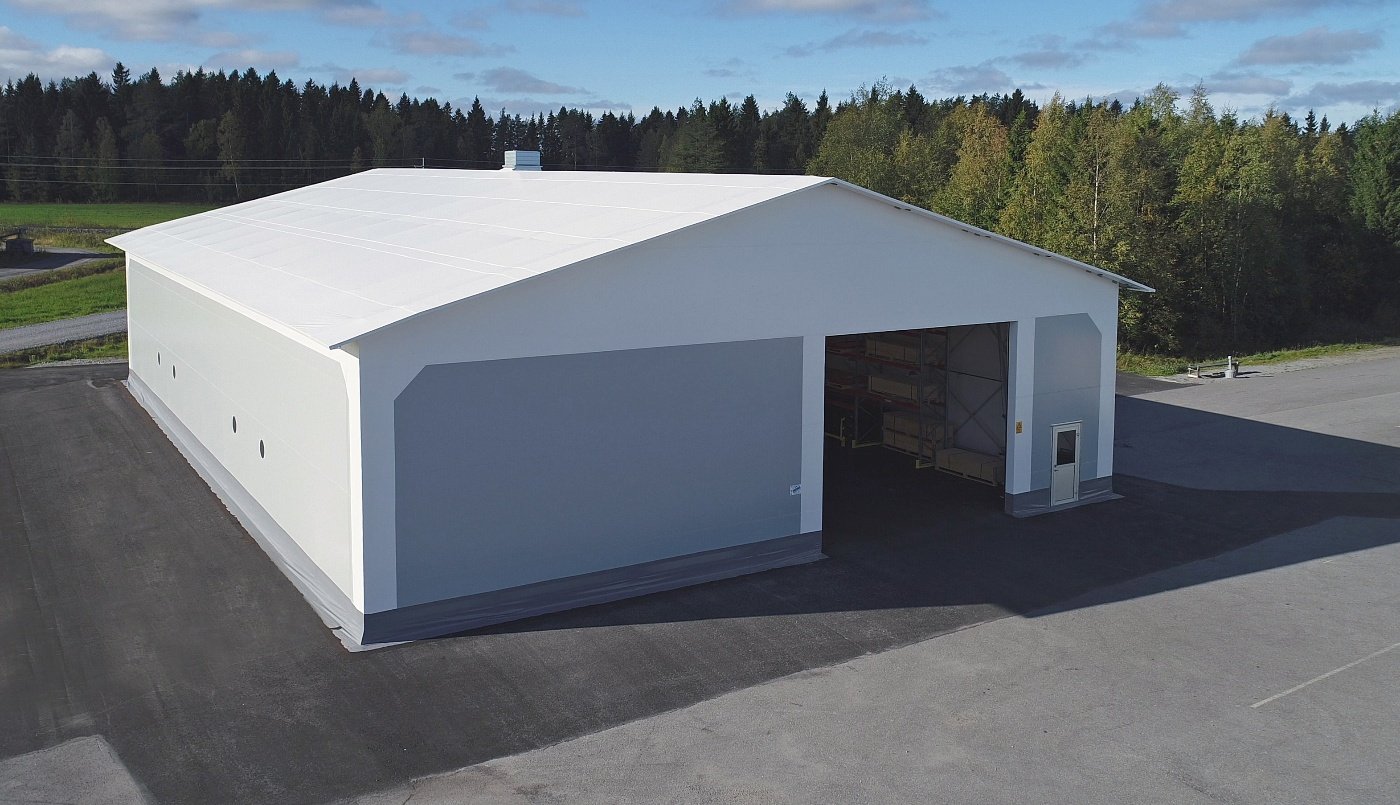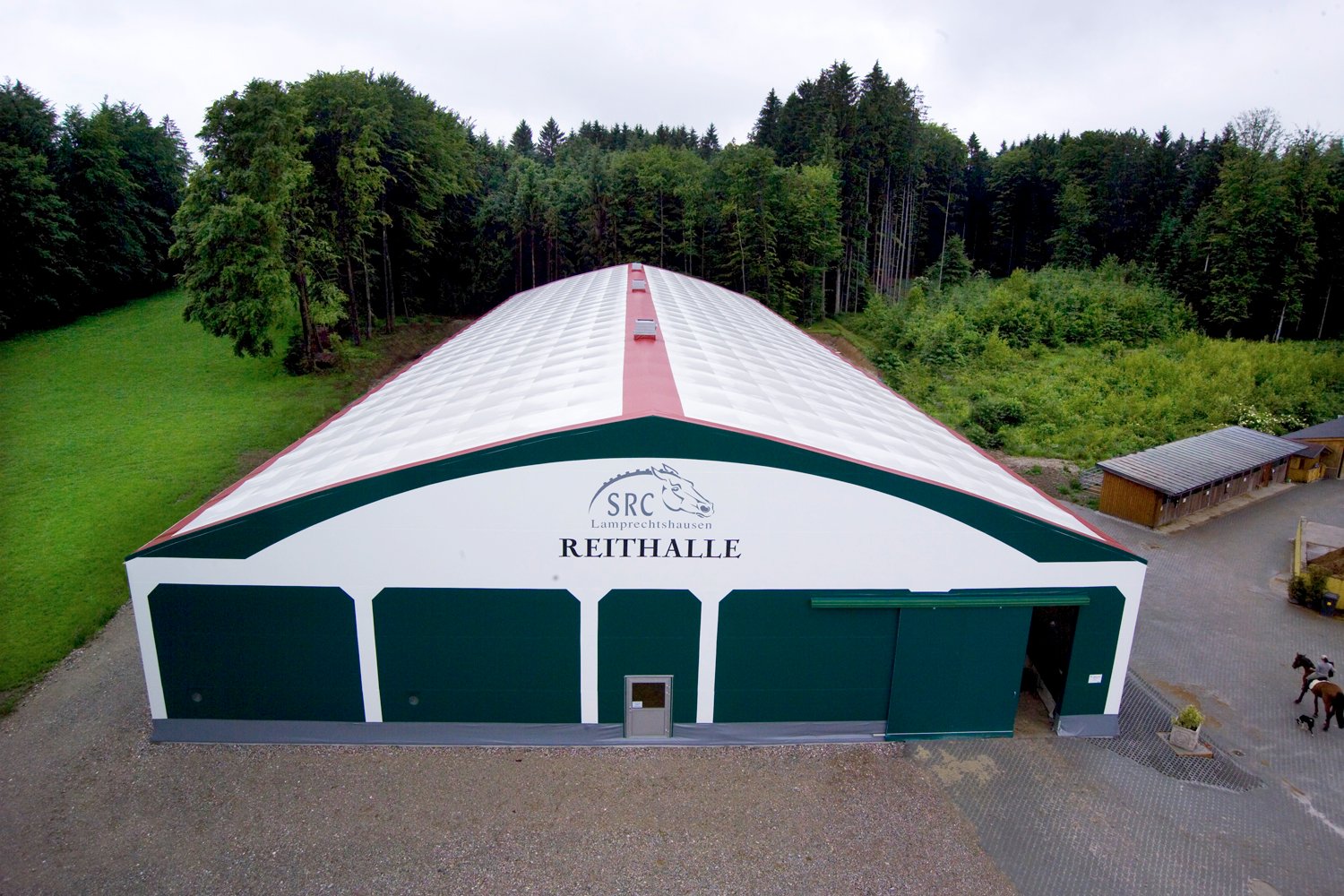17.02.2020
Listen to the blog
The built environment causes 30% of greenhouse gas emissions. In order to reduce the environmental impact of the industry, Best-Hall is the first in Finland to have developed a calculation method for determining the carbon footprint of steel-structured buildings.
Emission differences between buildings can be manifold, depending on what construction materials and heating solutions are chosen or how the building is used. By finding out the CO2 emissions of different options, anyone planning to purchase a building can choose the lowest-emission solution.
‘Reducing emissions from construction is one of the most effective environmental actions. With the calculations, we want to guide and assist our customers in making environmentally responsible choices,’ says Quality Manager Petri Maunula, responsible for carbon footprint calculation at Best-Hall.
Best-Hall is the first Finnish building manufacturer to have investigated the environmental impact of its process and to be able to offer developers individual information on the carbon footprint of steel construction.
‘The Ministry of the Environment aims to limit the carbon dioxide emissions generated during the lifecycle of buildings by 2025. We want to move forward significantly faster and also help our customers do the same. There is already a rush to minimise the climate impact of construction,’ says Sales Director Leif Fagernäs.

CO2 value for a building in accordance with the construction industry standard
In the emission calculation for steel-structured buildings, Best-Hall utilises a calculation method in accordance with the EN 15804 standard and the One Click LCA calculation software developed by the Finnish company Bionova for the construction industry. The same software is also used by Finland’s largest construction companies and design offices.
The calculation of a building’s carbon footprint must take into account all emissions during its lifecycle, from the manufacture of materials and construction to the building’s water and energy use, maintenance and repair and all the way to demolition and the recycling of materials.
‘The software contains very comprehensive emission data for the building materials used and the various heating systems. We have included the proportion of manufacturing, consumption data based on plans and an estimate of the building’s lifecycle,’ Maunula describes.
For example, the steel grades used by Best-Hall proved to be significantly more environmentally friendly in the calculations than others. There are also significant emission differences in mineral wools and concrete grades according to Maunula.
As a result, the calculation indicates the CO2 emission value for the entire lifecycle of the building and its annual carbon footprint.

Aiming for carbon neutrality?
Best-Hall will incorporate carbon footprint calculation into the design of new buildings during 2020.
‘Builders are increasingly interested in the environmental impact of construction. Cities’ carbon neutrality targets and building regulations that require buildings to have a low-carbon lifecycle will also steer construction in a more climate-friendly direction,’ Fagernäs envisions.
Indeed, Fagernäs believes that a steel-structured building made of durable, fully recyclable materials will be an attractive option for more and more developers due to its long, maintenance-free service life.
Best-Hall is also able to provide a CO2 calculation for the buildings it has already built.
‘The CO2 calculation is now easy to carry out on the basis of completed plans and actual usage levels. We are happy to help our customers who are interested in the climate impact of their own operations and seeking to reduce their emissions to find out the proportion buildings account for of their carbon footprint,’ Maunula says with satisfaction.
Read more on the topic: Best-Hall a pioneer in the environmental impact assessment of buildings
20.03.2019 | Article
More and more operators want to build responsible, low-carbon buildings. Companies’ environmental systems already require the minimisation of carbon emissions throughout the supply chain. If a subcontractor’s production facilities do not meet the requirements, there is a risk of being left behind. Many are also preparing for the forthcoming legislation that will limit carbon emissions from buildings.... Read more
Yhdystie 3-7,
68300 Kälviä, Finland
Tel: +358 6 832 5000
info@besthall.com
Business ID FI01070190